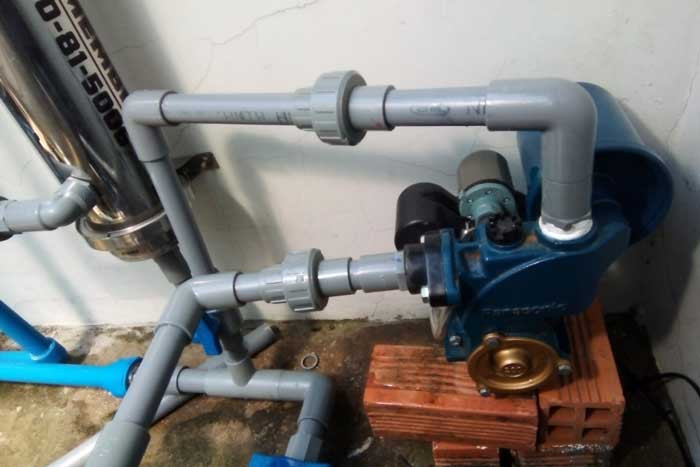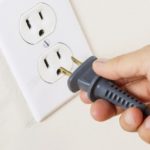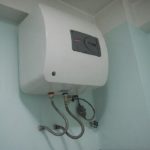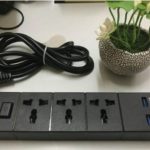1. What is a booster pump?
A booster pump, also known as a water pressure booster, is a device used to increase the flow of water in pipes, making it stronger. It is commonly utilized in households to improve water pressure.
When a tap is opened, it automatically boosts the water pressure, causing the water to flow faster to meet the user’s needs. Conversely, when the tap is closed, it automatically shuts off the water.
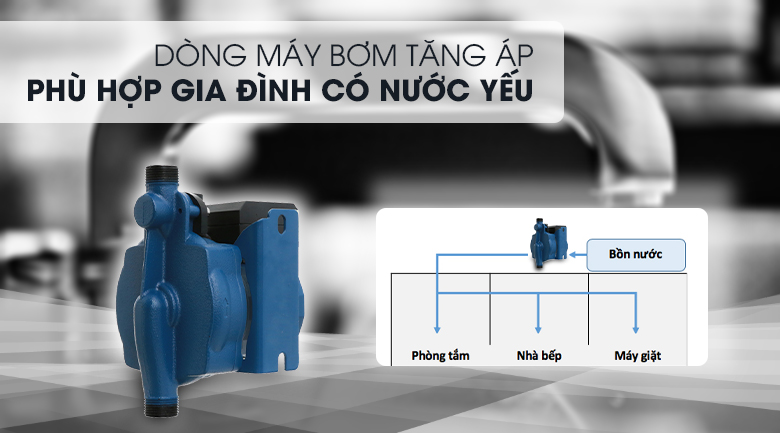
2. When should a booster pump be used?
A booster pump should be used when the water tank in your house has a low water level, insufficient to pump water up, or when the water flow is weak and the pipe pressure is low.
This device is also widely used in hotels, apartments, and high-rise buildings that require a large and stable water supply.
In addition, booster pumps are utilized to improve the efficiency of machines such as , , ,…
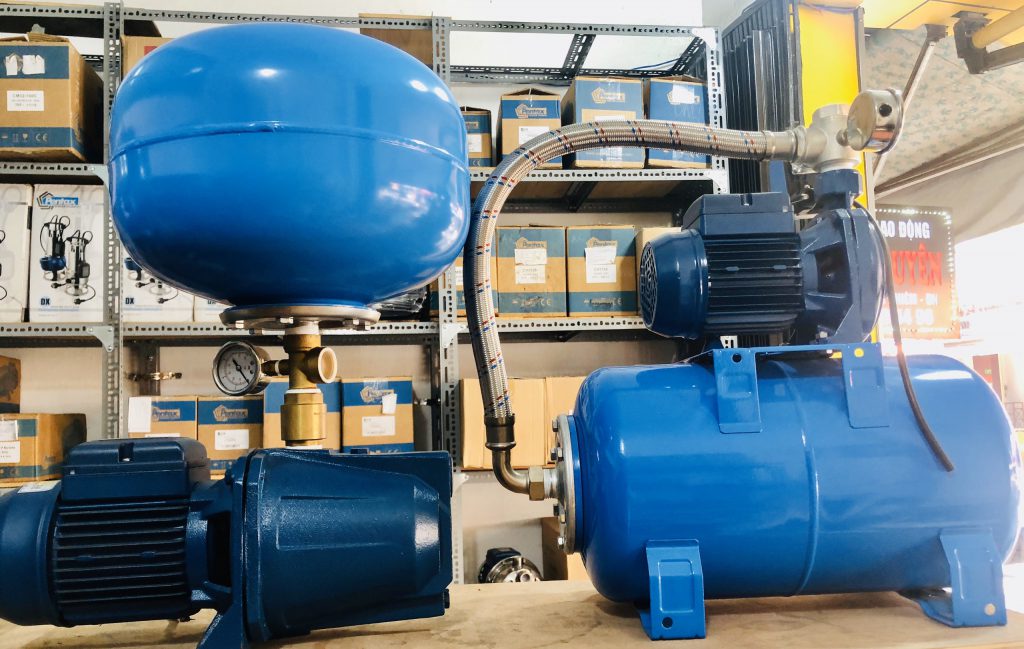
3. Prepare tools for installing a booster pump
During the installation of a booster pump, it is important to prepare all the necessary tools to avoid pausing and wasting time searching for them.
Aside from the water pressure booster pump, other required devices include: CB (circuit breaker), electrical wires, wire clips, water pipes, various pipe connectors, pipe adhesive, ,…
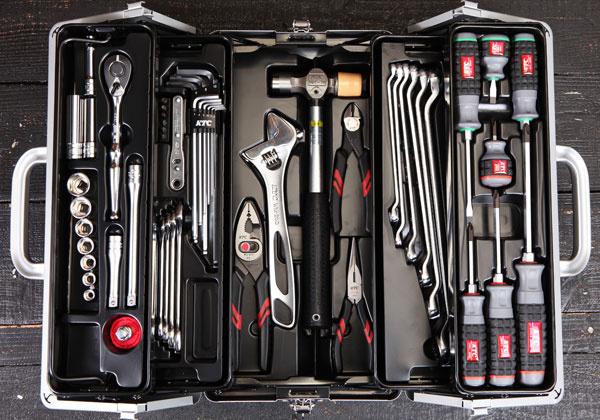
4. Installation diagram of a booster pump

This is a simple and easy-to-understand installation diagram for anyone planning to install a booster pump for their home.
It is essential to install the pump directly below the water tank to ensure faster and stronger water flow from the taps.
From the diagram, you can see that the pump is directly connected to the water tank, and the other end is connected to the water outlets.
5. How to install a booster pump for water tanks
Step 1: Choose a suitable location to install the booster pump directly below the water tank. Connect the pump pipe to the water tank, ensuring that the pump head and water pipe size match properly.
Step 2: Locate the outlet of the pump and connect it to the water pipes.
Step 3: Connect the pump to the power supply and start the pump.
Step 4: Monitor the pump’s operation for stability and check for any weak water flows by opening the valves.
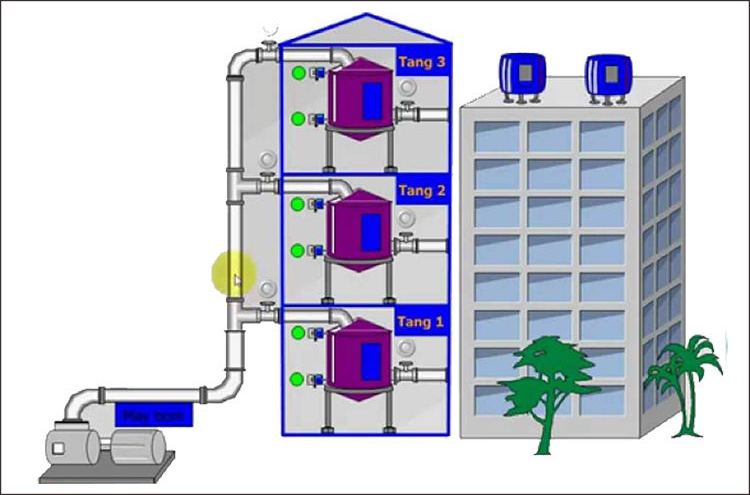
6. Considerations when installing a booster pump
- Ensure the pump is securely installed, stable, and does not vibrate during operation. Minimize the number of bent pipes.
- Disconnect the power supply when performing the installation to avoid electric shock.
- Adjust the pressure switch (relay) appropriately to avoid annoying sounds when the pump stops operating.
- Avoid placing the water pump in excessively humid locations to prevent potential risks related to the power supply.
- Before installation, check that the booster pump matches the machine’s voltage. For single-phase machines, install at a voltage of 220V; for three-phase machines, install at a voltage of 380V.
- Regularly check the water tank to ensure a sufficient water level and prevent overheating that may cause pump damage.
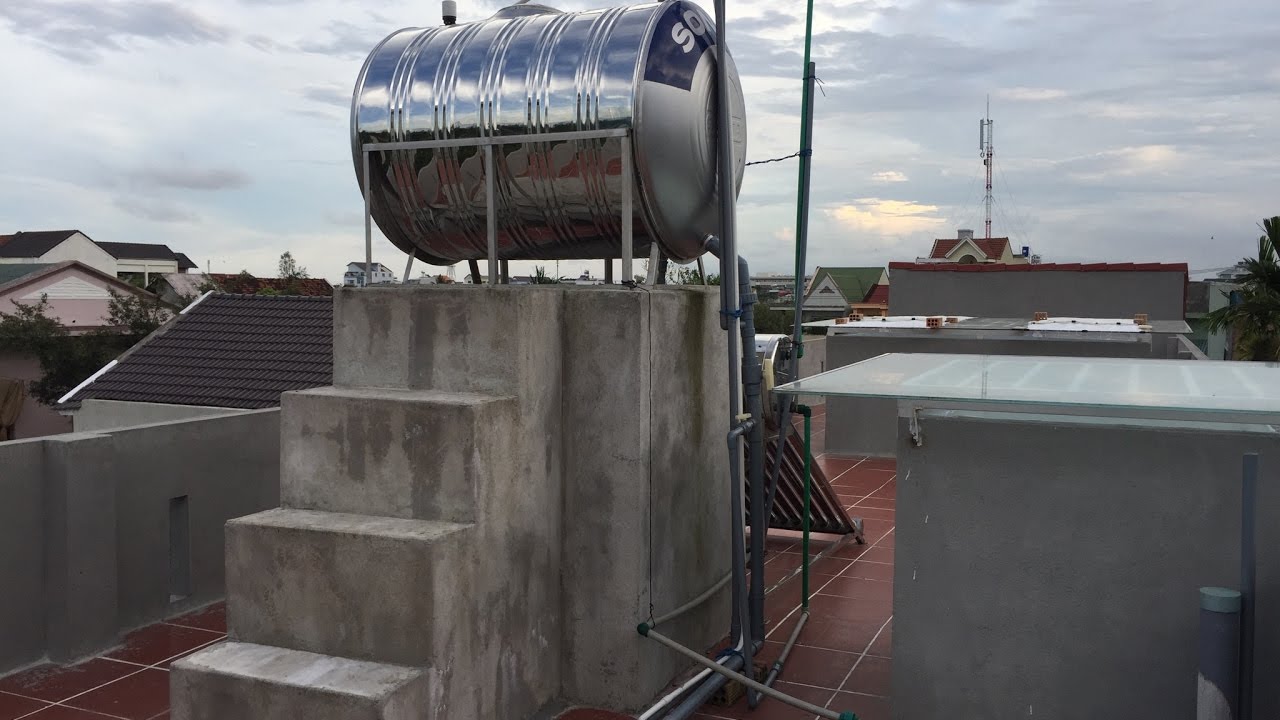
7. How to increase water pressure without a booster pump
If you wish to have a strong and stable water supply without investing in a water pressure booster pump, you can consider the following methods:
Install an air vent for the water tank
This is the simplest method to increase water pressure without a pump. Installing an air vent helps ensure a clear and smooth water supply.
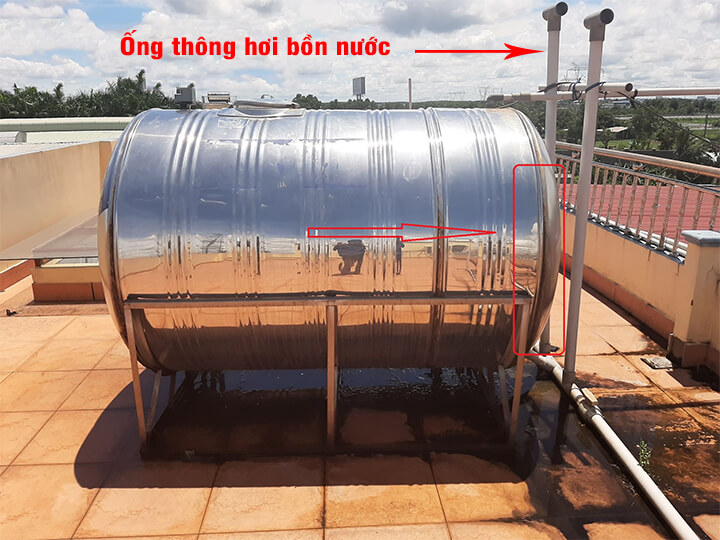
Install the water tank correctly
If you have a 4-story or 3-story house, install the tank in an upright position. For houses with 3 or more floors, install the water tank in a lying position. This method helps ensure quick water flow and effective pressure for the water tank.
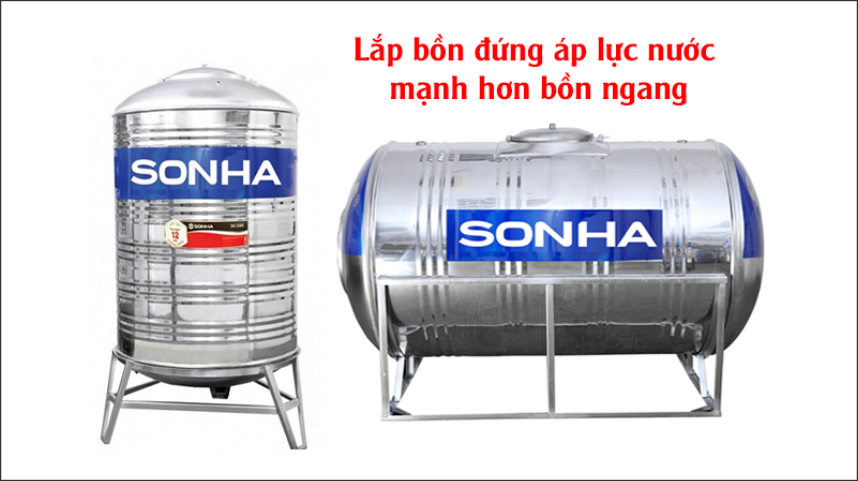
Upgrade the water system
One common reason for weak water flow during installation is the excessive use of bent pipes. Therefore, design the water pipes in a straight line and minimize bends as much as possible. Also, using the appropriate pipe size is an effective way to increase water pressure.
Tenants Offered Protection for Their Property During Tet Holiday
As the Tet holiday nears, renters are concerned about the potential loss or theft of their items in their rental rooms. To ensure their property is safe and secure, many are left wondering what steps they can take to prevent it. Learn what methods you can employ to protect yourself and your possessions while renting in this article!


























